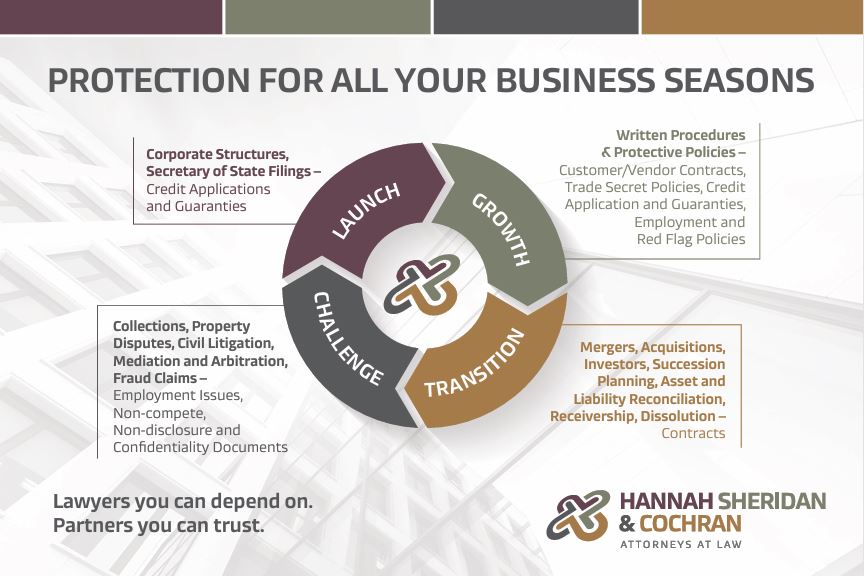In an uncertain and ever-changing economic landscape, businesses are motivated to protect their economic interests,…

Erratic Lumber Prices, Force Majeure, and Price Escalation Clauses
Construction supply costs generally increase a small amount over time. Yet, sometimes market pressures result in erratic price swings. In 2020, market pressures created huge price swings for a key construction material—wood. Lumber futures started the year just above $400, rose to nearly $1000 by mid-September (~150% increase), and now hover in the mid $500’s. As we spent more times in our homes earlier this year, lumber production decreased while home improvement projects increased. Less Lumber; More Projects; Higher Prices; Supply and Demand.
Parties with fixed price contracts suffered from these lumber price increases, leaving projects across the country dangerously unprofitable. Construction companies hope that their contracts provide for increased supply cost compensation in such times. Many contract reviews find that existing contractual language is either silent or inadequate as to price increases in these circumstances. As the construction industry adjusts to quickly changing circumstances, force majeure and price escalation clauses will prove hugely important in existing and future contracts.
Construction companies might assert that they are not bound to perform their contractual scopes without increased compensation due to “force majeure” clauses. “Force Majeure” (French for a “superior force”) means an event that can be neither anticipated nor controlled, including acts of nature (e.g., hurricane) and acts of people (e.g, riots). Well written “force majeure clauses” allocate risk between the contractual parties “if performance becomes impossible or impracticable”. See Black’s Law Dictionary. A worldwide pandemic and the economic consequences almost certainly constitute “force majeure”. As such, construction companies should look to their contractual language to determine how risk is allocated amongst the parties in such circumstances.
Modern fixed priced contracts often include price escalation clauses. Without these clauses, in the event of a price increase, lower tier parties assume a large amount of risk. To avoid such one-sided risk, price escalation clauses are typically structured in one of three ways: (i) immediate increase (baseline prices established as of contract date or bidding; contractors entitled to immediate compensation); (ii) fixed price period (contractor responsible for all increases for a period of time, e.g. 100 days, then additional compensation owed); and (iii) percentage threshold (contractor entitled to compensation after a certain price increase percentage, e.g., 10%).
By: Chad J. Cochran


